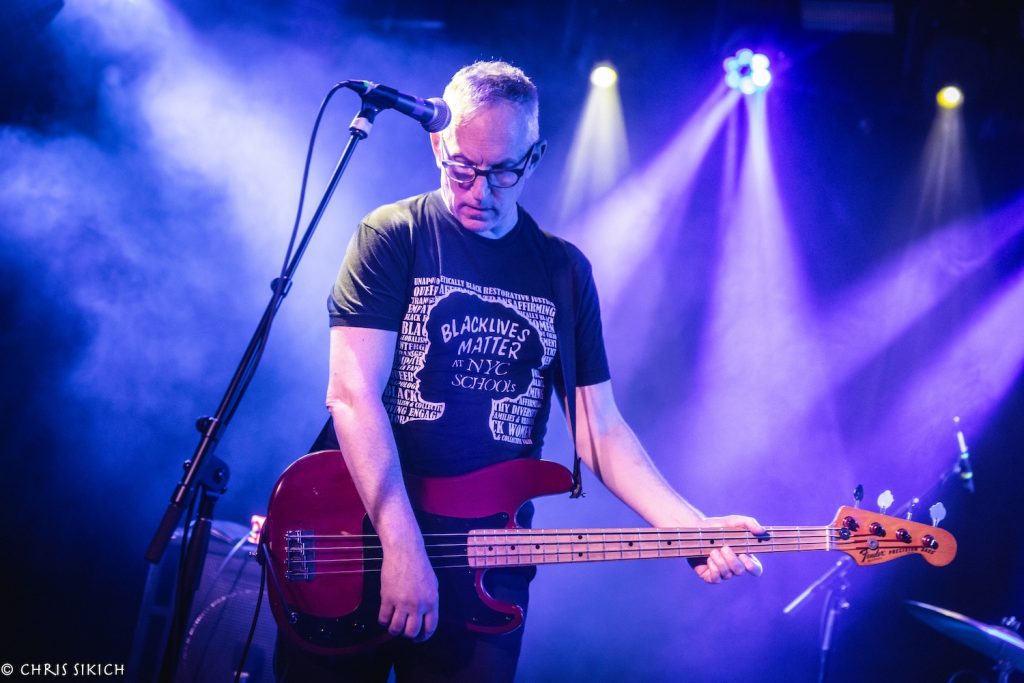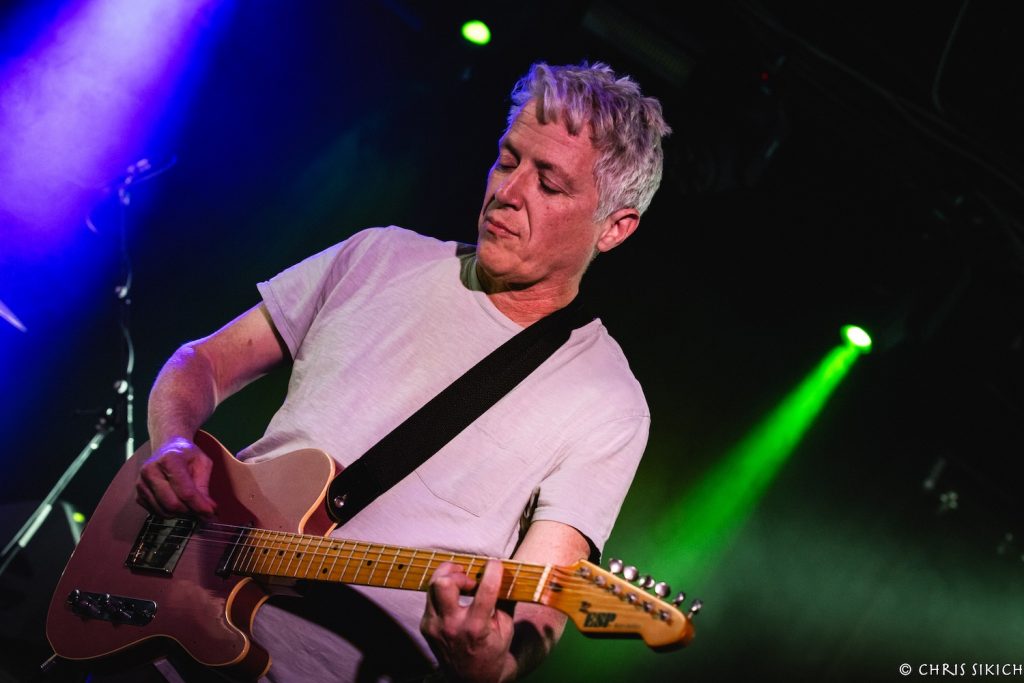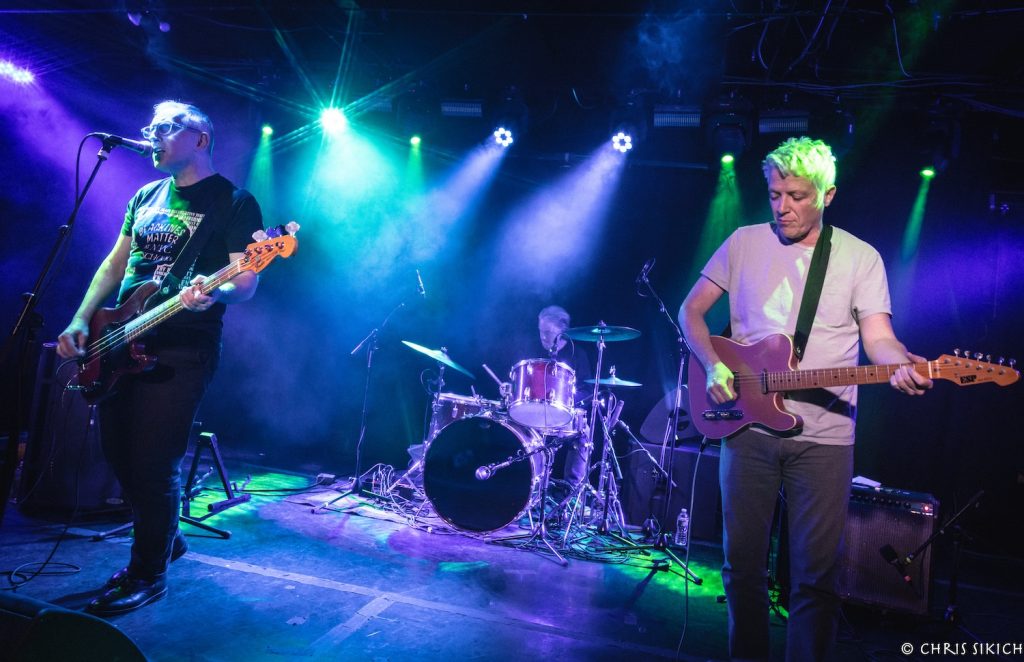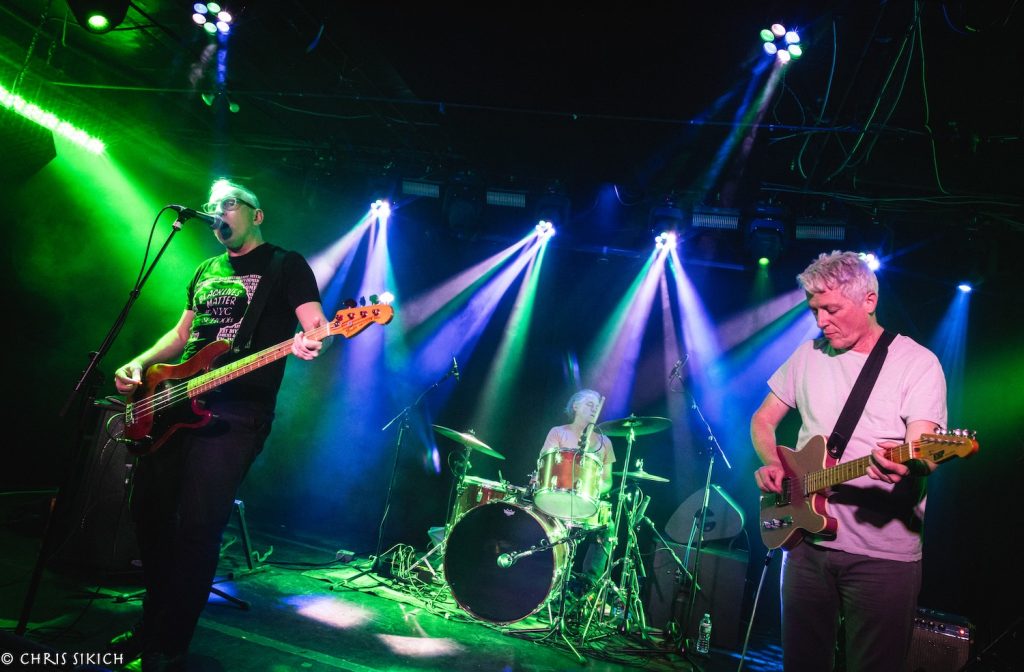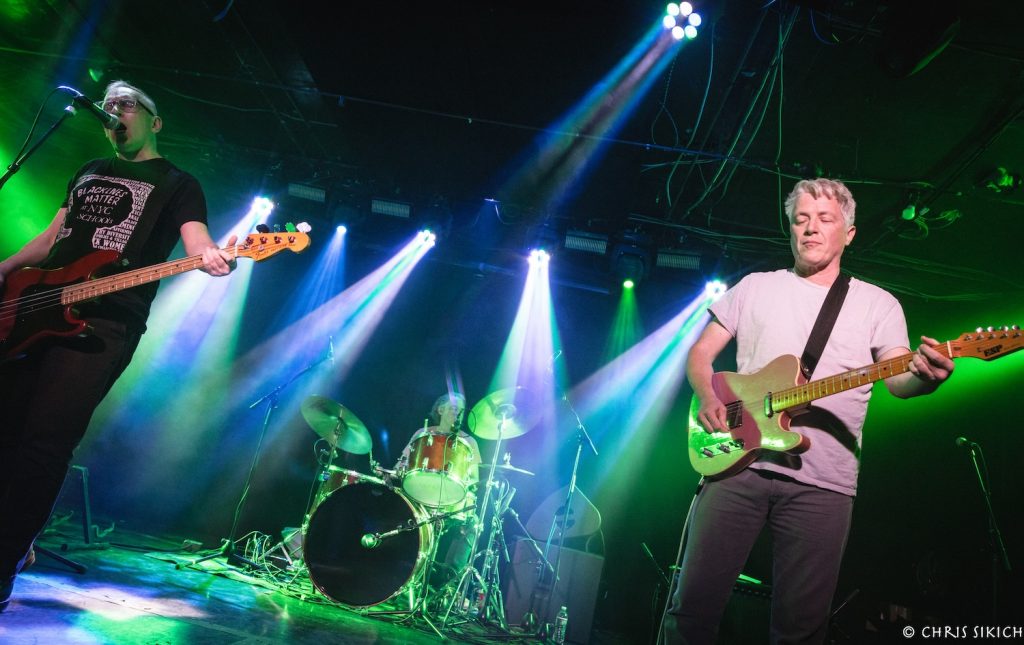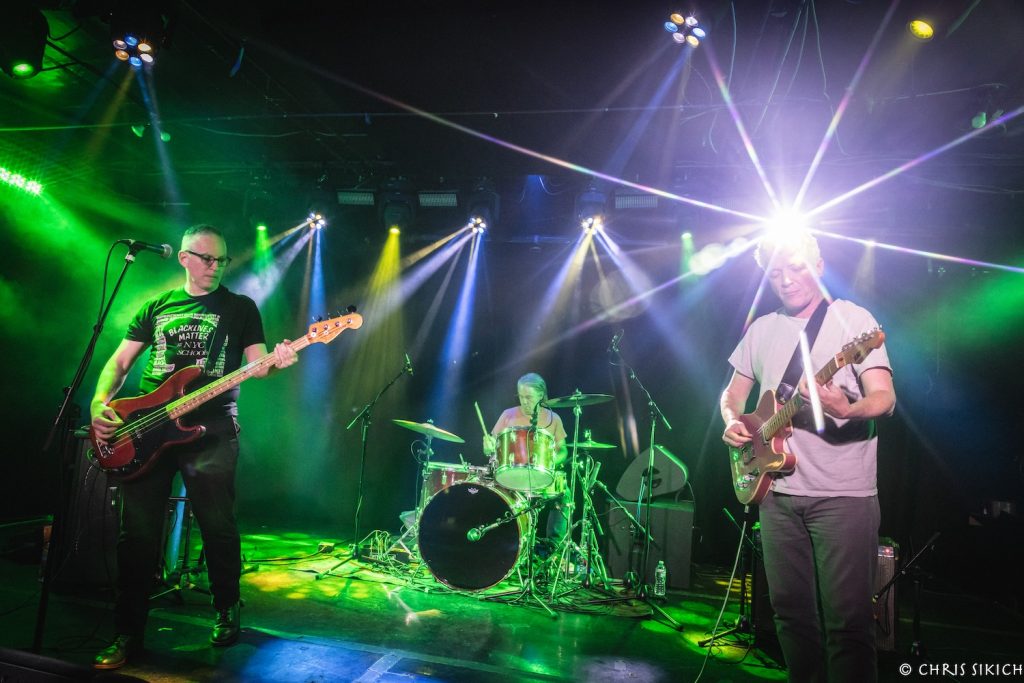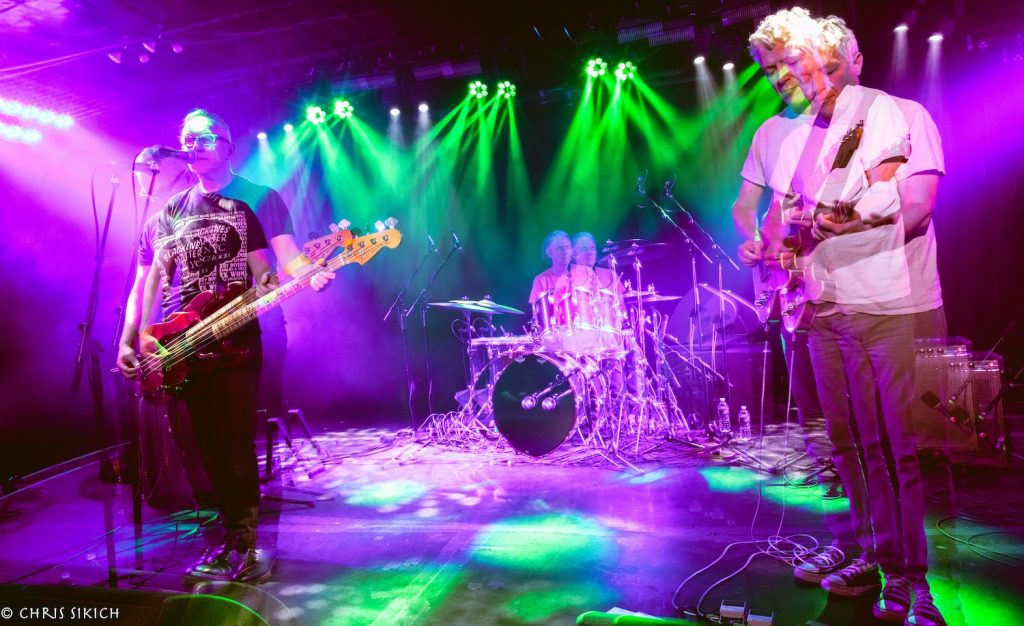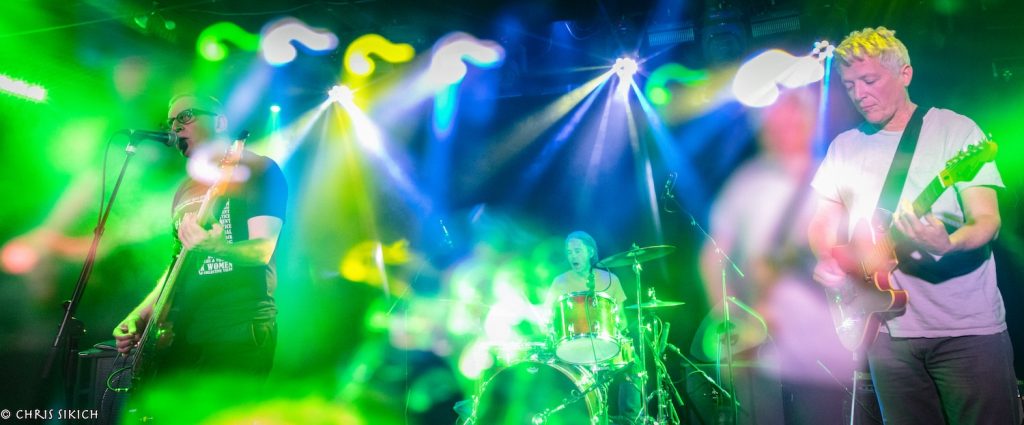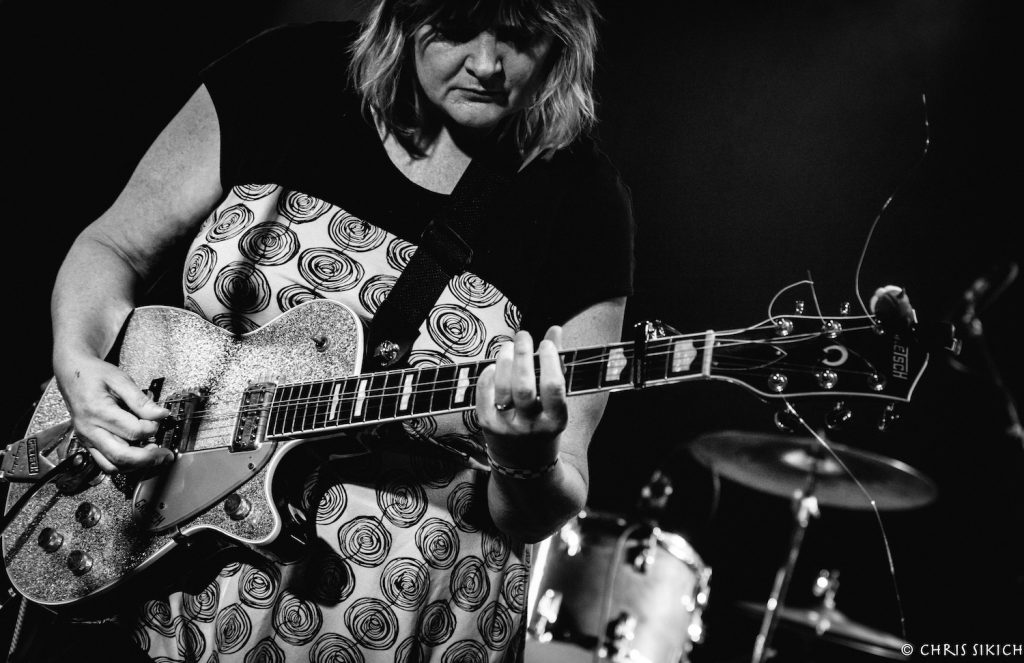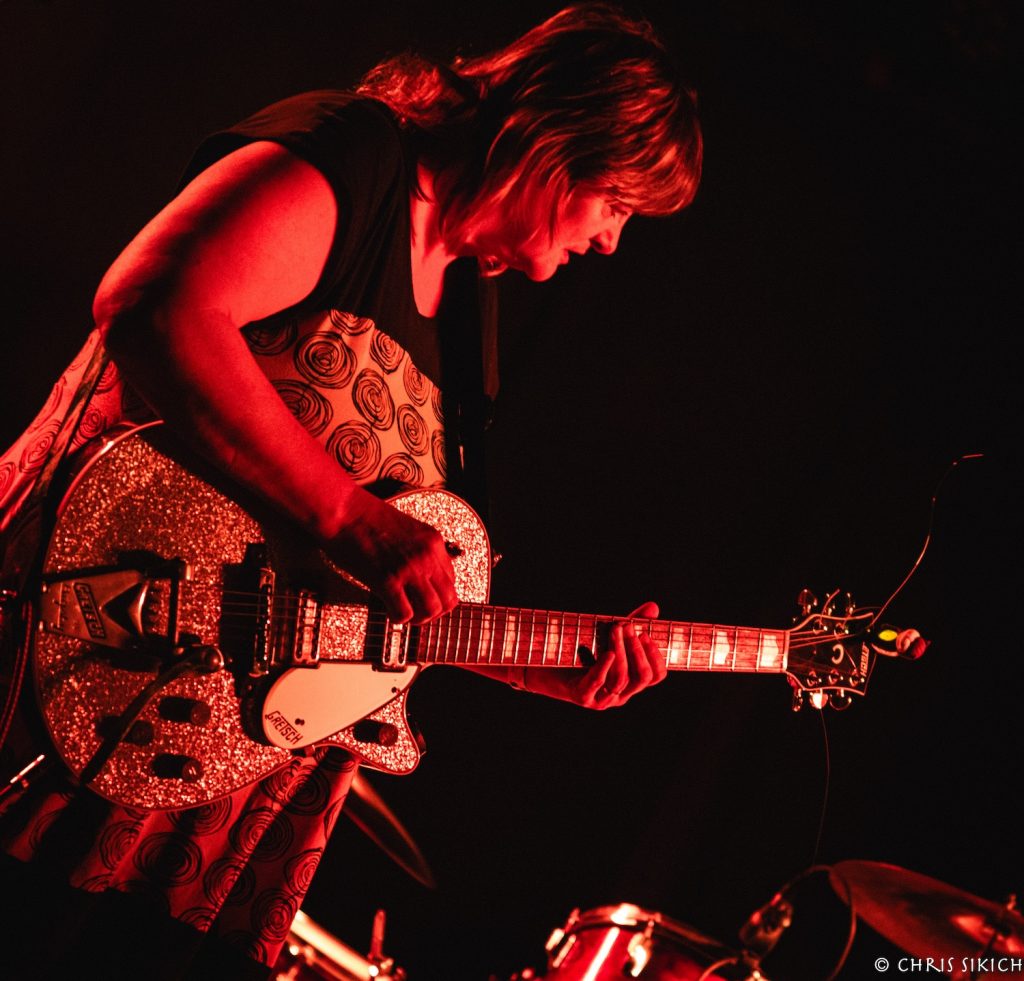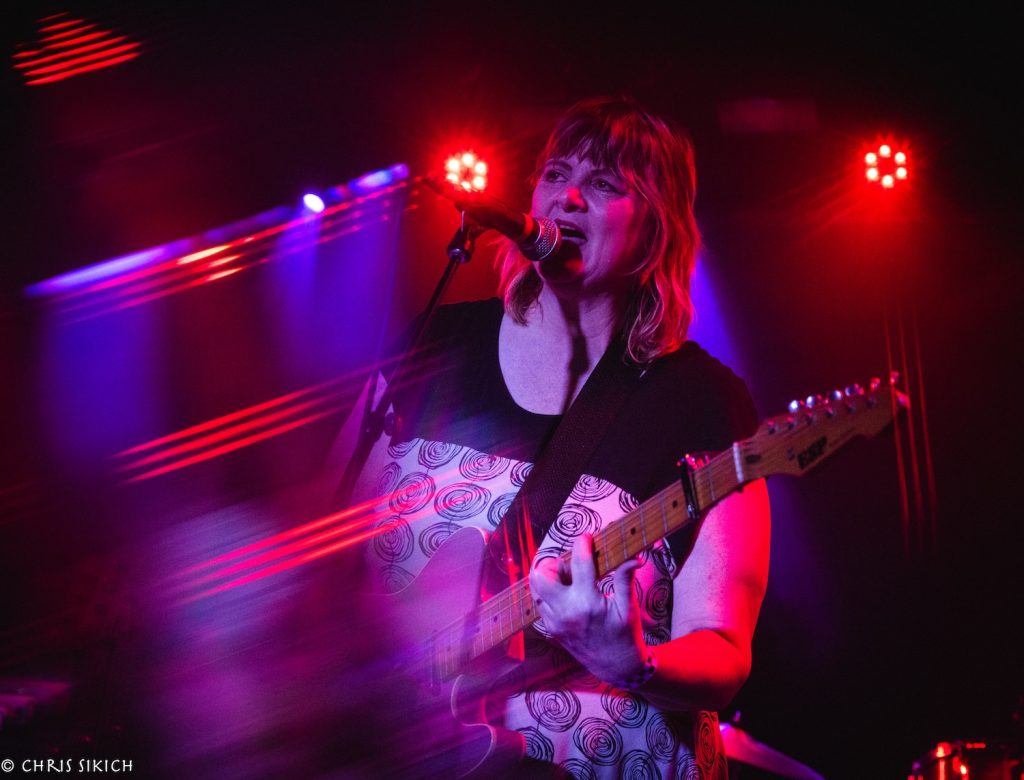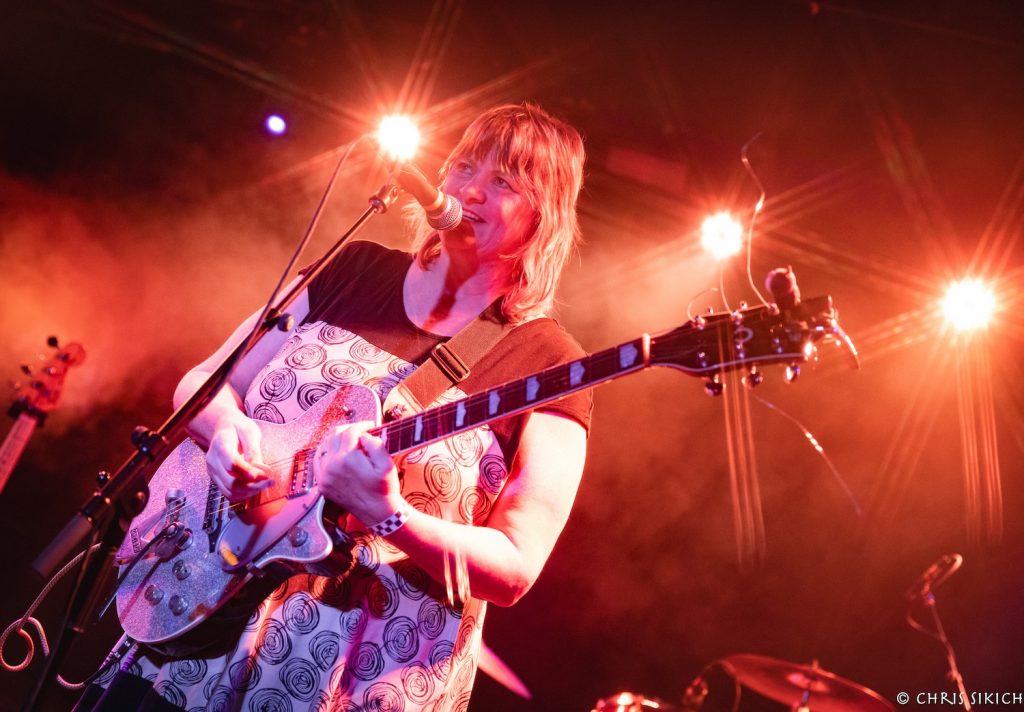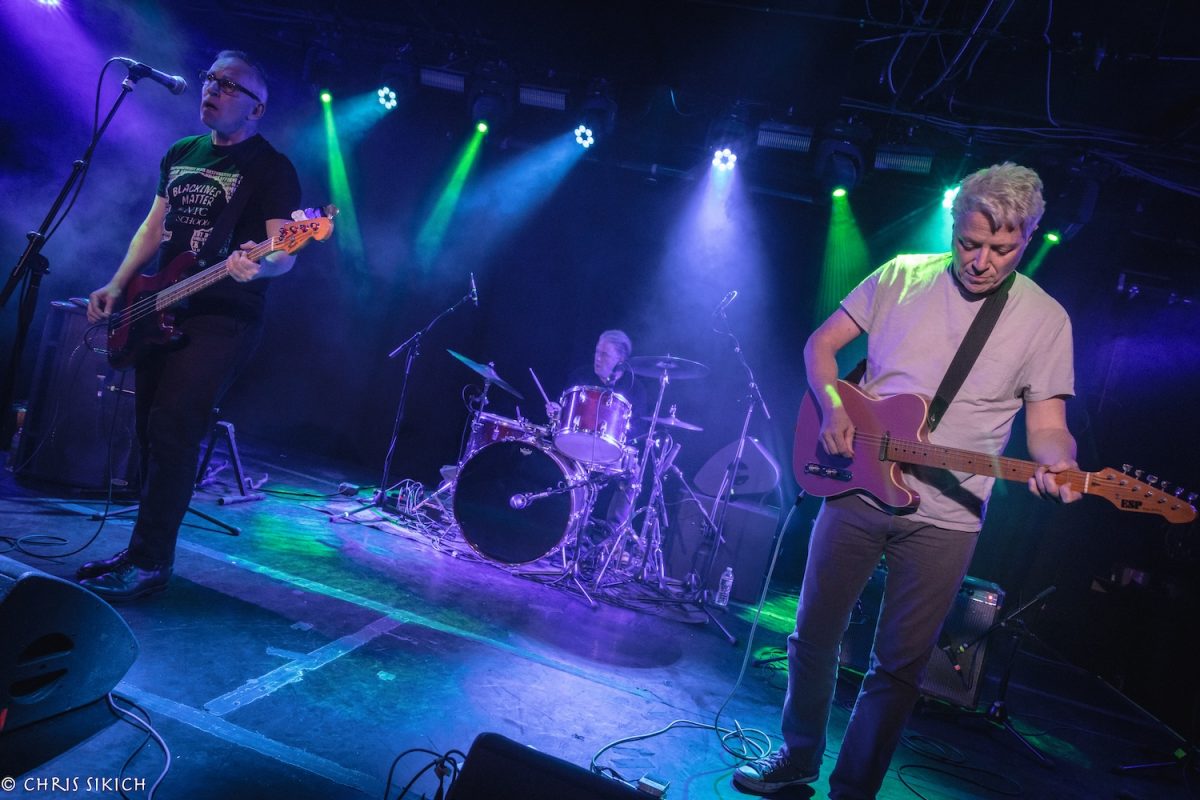
September, 1993.
That’s the last time I saw Codeine play live, and it was a revelation. Codeine performed a lengthy, meandering set at CBGB (R.I.P.) just after the band had wrapped up the making of its final album, The White Birch, at Chicago’s Idful Studios—the venerable Wicker Park domain where co-owner Brad Wood had recorded breakthrough LPs from Liz Phair, Veruca Salt and Tortoise prior to ceasing operations in 1999.
We had been to plenty of CBs shows before but still marveled at the hideousness of its bathrooms and the general smelly decrepitude of its interiors, which were decorated with a perfectly mournful soundtrack on a fall evening spent downing multiple $3 beers and taking in Codeine’s particularly slow-yet-beautiful brand of guitar grind just months before the band hung it up (a few reunion shows excepted) for good. That show left a mark, a decidedly positive one; I can’t remember a lot of what happened in NYC in that era, but that gig’s memory is indelible to me, even now.
Generally speaking, I don’t love music-journalism portmanteaus attempting to create some new subgenre from word-salad gymnastics, and “slowcore” (or “sadcore,” take your pick) is among those I like least. For better or worse, Codeine—alongside peers such as Galaxie 500/Luna, Opal (which became Mazzy Star, later), American Music Club, Red House Painters and, especially, Low—often get tagged as slowcore progenitors. And I suppose, in retrospect, there is some legitimacy to this assignment, even if I don’t love the term.

What wags called “slowcore” was really a very broad subgenre of indie rock and pop consisting of acts whose influences ranged from dream pop to post-rock, folk, drone and even ambient music, assembled like Lego pieces into a mosaic whose musical vistas were often languorous and monochromatic yet infused with a sort of dark beauty, accompanied by lyrics of a melancholic or intensely personal stripe and given voice by subdued, often only partially professional-sounding, vocal performances that could just as easily pass for a friend’s whispered secrets in a dark and dingy theater as they might serve as wistful narratives for the waking dream.
It was music that demanded your full attention. The quiet/loud dynamics forced you to listen closely, to follow the arc of the musical flow and accompanying story, to observe the subtle, sometimes imperceptible inter-band dynamics that might only be signaled by a brief look or nod as the band changed keys or pace in the midst of a seven-minute song about a white ship sailing on a black sea. That metaphorical contrast obscured the sheer majesty of the song’s slow march toward a predetermined end, with giant Slint-like clouds of silence wafting between singer Stephen Immerwahr’s rubbery-sounding bass lines, guitarist John Engle’s largely effects-free Telecaster atonal-chord fragments and drummer Chris Brokaw’s understated rhythm beds.
The group’s minimalism and prolonged instrumental breaks served up a stylistic template for any number of later acts, including Godspeed! You Black Emperor, His Name Is Alive, 764-HERO and even the slower bits of the early Death Cab For Cutie catalog (“Champagne From a Paper Cup,” anyone?). It’s as if the Velvet Underground’s eponymous third album had emerged as the tabula rasa for an entire scene: agonizingly slow and achingly gorgeous skeletal musical foundations with a dollop of pained, personal sing/speak to top it all off. Slather in reverb, serve chilled. Even today, you suspect that Uncle Lou would be proud of what his progeny took from the Velvets’ underheard experiments.


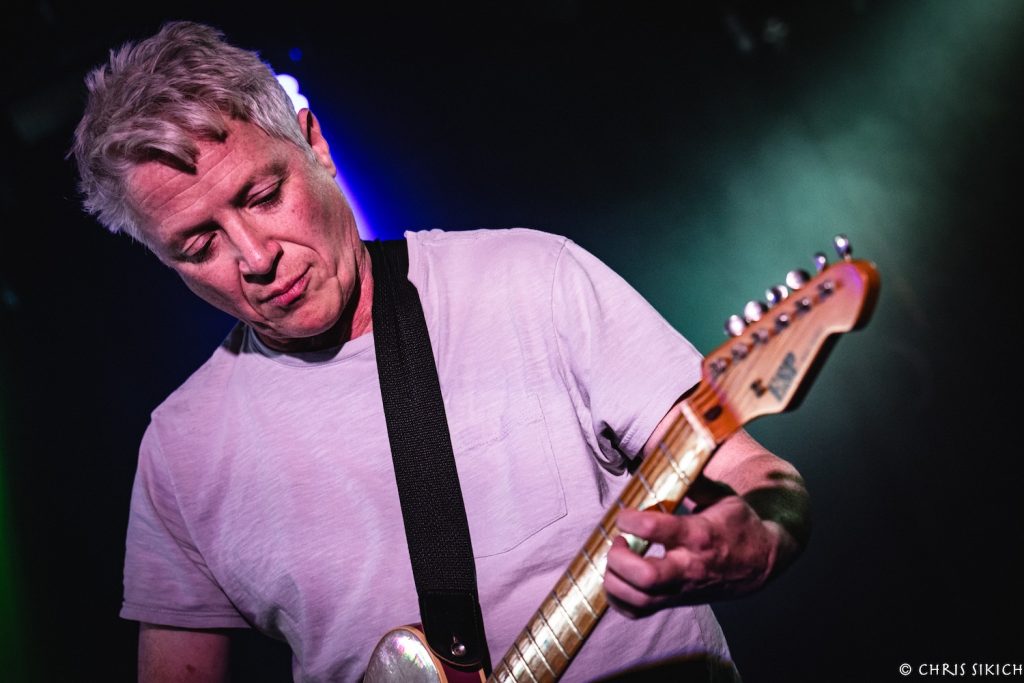
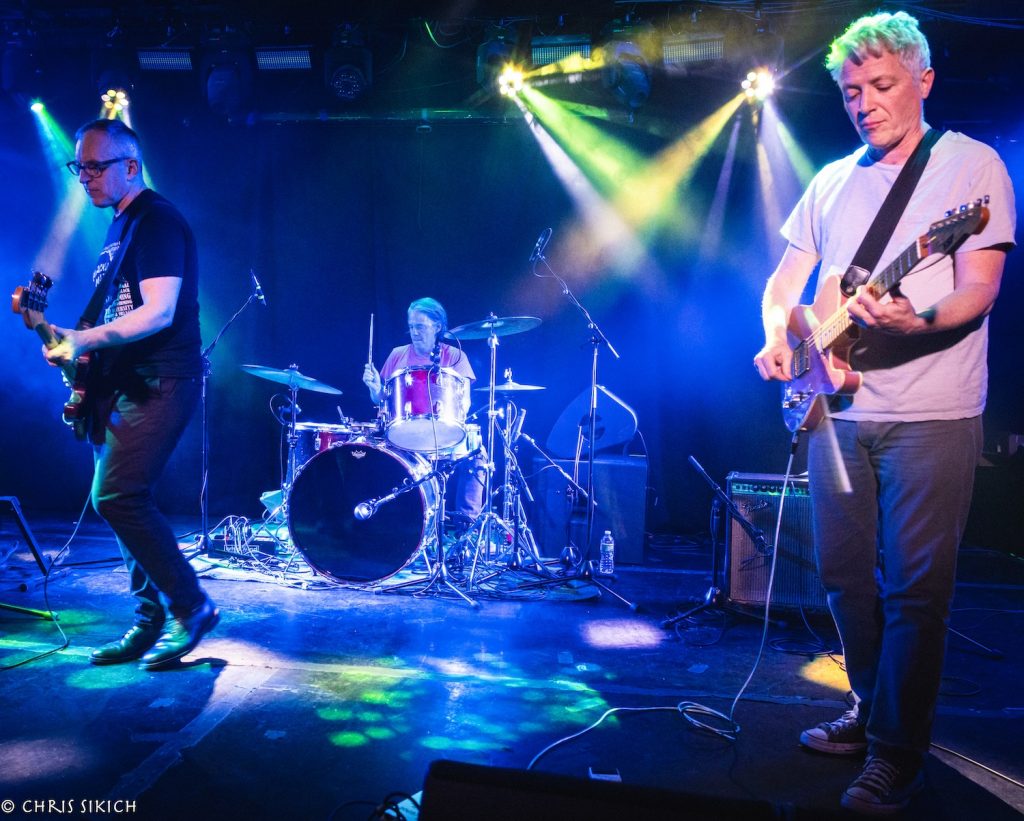
So it was with no small degree of eager enthusiasm that a bunch of us indie-dads-of-a-certain-age-and-hairstyle (a.k.a., less) turned up a mere few blocks away from the old CBGB at the Bowery Ballroom to witness what none of us (the band, included—they even said as much from the stage) thought was likely or even commercially viable in 2023, given the relatively limited nature of the trio’s tenure, oeuvre and audience: a Codeine reunion of the original three members as part of a larger national tour.
This series of gigs constituted Codeine’s first shows since 2012, not that you’d know it to hear it. The group’s setlist very capably covered the full range of its musical history, from 1990 debut Frigid Stars to tracks from the band’s latest offering on the Numero label, Dessau, an album of eight songs originally recorded in 1992 but shelved until last year due to production/band conflicts. (Brokaw left the group due to this episode; a few of the songs would end up 1992s Barely Real EP, with others re-recorded for The White Birch.)
This evening traversed the full frozen icescape of the Codeine universe—even the band’s morphine-drip version of Joy Division’s “Atmosphere” (imagine: a deconstruction of a song that was essentially already a deconstruction) made the cut as the trio wended its way through a 12-song setlist and three-song encore to a friendly audience of fans, friends, day-gig coworkers and family.
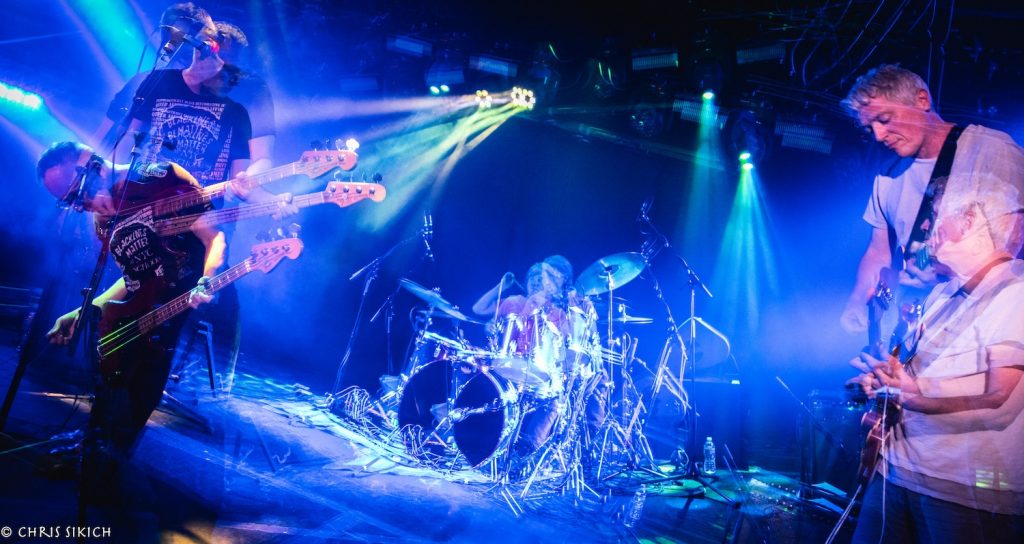
To be Codeine is to make a series of exceptionally deliberate, narrow choices: mallets over drumsticks, pure amplified sound over effects (as best I could tell, the band eschews most pedals except for reverb and a volume box), soft over loud, slow is greater than speed. So when “Pickup Song” employs a slide bass to really subtle effect or when “Cave-In” skips a beat in the chorus (thus deploying space, the trio’s not-so-secret “fourth instrument”) or when drummer Brokaw steps forward to play bass on “Pea” (thus leaving the trio suspended in time, without the aid of even his skeletal and precise glacially paced percussion to guide them) or its signature tune “D” lurches from the stage amps like a cough-syrup fight song, you get the sense of addition by subtraction happening before your eyes.
Codeine is a band turning down where others would crank it up, a group attempting to camouflage itself in plain sight where others would deploy acrobatic leaps or pyro to grab your attention. It’s a breathtaking display of restraint and precision—a group fully confident of its sound and vision even as fans in the audience shouted “Play the slow one!” between songs, to the amusement of all present, including Codeine.
“Just to prove that it’s more than disassociative lyrics, 20s angst and lovelorn feelings, we’re going to play a happy song to send you home with,” cracked Immerwahr before launching into “Broken-Hearted Wine,” the band’s final tune of the night and perhaps its most Lou Reed moment. It’s a song that—in its way—mimics the banalities of love first given voice by Reed on “Perfect Day” and that brought Codeine’s debt to the Velvets full circle.
Tonight’s pacing may have been more about beats per millennium than beats per minute, but that takes nothing away from the band’s emotional gravity or impact. Codeine’s modern-day plainsong is as fresh and challenging in 2023 as it was 30 years ago when I last heard it live. Don’t ever change, Codeine—one suspects you wouldn’t seriously consider it anyway.
—Corey duBrowa, photos by Chris Sikich (shot two nights later in Philadelphia)
